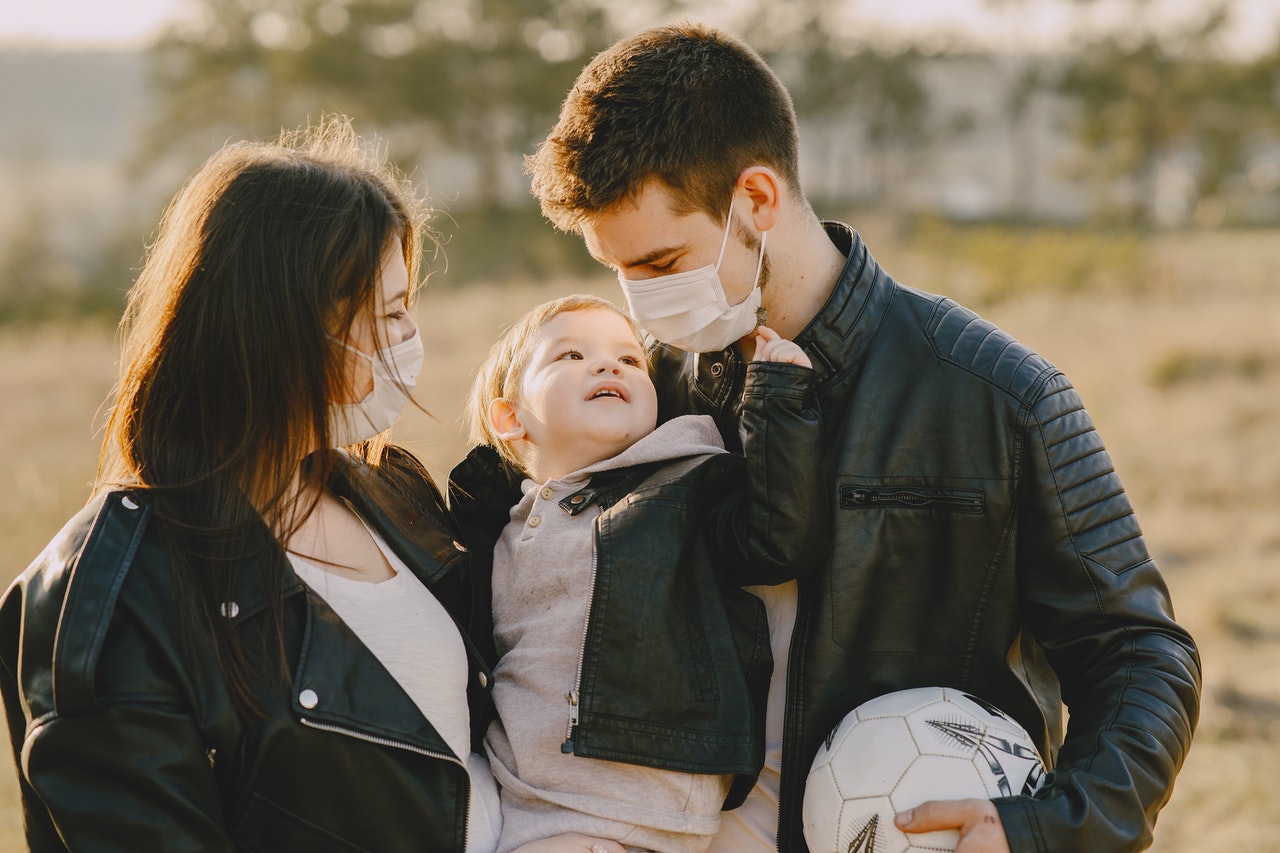
As you probably have read or seen in the news, the CDC is now advising people across the United States, including children two years old and older, to wear face coverings in public places.
Since the announcement, therapy listservs have been swamped with questions from anxious parents asking for recommendations on how to make masks more comfortable and help their children manage sensory overload when wearing them. As an occupational therapist who works with children and their families on a daily basis, I realize how difficult and scary wearing a mask is for many children, especially if they have developmental disabilities or sensory processing challenges.
Parents who use the therapy services we provide through Enable My Child are also worried that wearing a mask might negatively impact their children’s mental and emotional health, in addition to contributing to their physical discomfort. This is a valid concern. Depending on a child’s age and developmental age, they may experience a variety of feelings and fears associated with mask-wearing.
If you’re a parent having difficulty getting your child to wear a mask, you can take some steps to help your child adapt. But first, it’s important to know why your child may be reacting so strongly.
The fight-flight-freeze response: what it means
Wearing a mask or other face-covering for a long period of time is difficult for many adults, let alone children. The physical and emotional toll is especially hard on those with sensory processing challenges, anxiety, panic disorders, or immature neurological systems, as the nervous system may react to sensory overload with a fight-flight-freeze response.
A fight-flight-freeze response is a stress response adults and children experience when faced with a perceived threat—which, in this case, would be the parent who is helping the child put on a mask.
For example, a fight response might be the child appearing to “strike out” at the parent. They may scream, hit, slap, or even resort to biting, pulling hair, pinching, or pushing to avoid wearing a face covering. Flight reactions are the opposite, as the child will generally run away or hide to avoid the situation altogether.
If a child doesn’t use physical force or remove themselves, they might start crying inconsolably or refuse to speak, look at, or engage with anyone. These actions along with physical cues such as the child dropping their head, crossing their arms, or staying very still are all signs of a freeze response, which is also commonly referred to as a “shutdown.”
Helping your child adapt to wearing a mask
If your child experiences any of the responses mentioned above, stay calm and do your best to help your child calm down, as well. If your normal go-to strategies don’t work, try decreasing all environmental stimuli by turning the lights down or off, shutting any curtains, and turning off the television or other external noises. You can also wrap your child up in a blanket and hold them. When your child’s breathing returns to normal, you can then work on new strategies to help your child express their feelings other than fighting, running away, or shutting down.
Even if a child doesn’t exhibit any of the signs of a fight-flight-freeze response, they still may have an increased sense of foreboding when they see people wearing masks, as they may not understand that it is only a precautionary measure. That’s why it is very important that parents emphasize the benefits of masks but avoid making any false promises. For example, if a child believes they only have to wear a mask for a specific amount of time, they may become restless or resistant when they realize they have worn it for a long time.
Making the most of wearing masks
If your child is experiencing difficulty when wearing a mask, give them as much control over the process as possible. For example, let them pick out or make their own. Today, masks come in a variety of designs and colors, and there are several resources for DIY and no-sew mask videos and tutorials available on the internet. Your child can decide whether they want to tie it in the back or loop it over their ears. If needed, you can easily replace the loop fabric with something softer and less irritating to make wearing the mask more comfortable.
Once your child has their own “special” mask, they can practice putting it on their stuffed animals or baby dolls. From there, encourage your child to wear the mask at home—first, for one minute and then build on the time from there. You can further emphasize the benefits of wearing a mask by helping your child to make one for a family member or friend in need. To help the children better understand new concepts or activities like mask-wearing, watching a social story can prove very helpful, as well.
When wearing masks in public, give your child a signal to use when they need to take a break and go somewhere safe where they can remove their mask. You can also play games like “count the masks” or “match the mask” to help your child take comfort in the fact that everyone they see is wearing a mask and working together as a community to stay safe.
No matter how your child reacts to wearing a mask, it’s important to validate their feelings. Wearing masks on a regular basis is a new obstacle for many families, so by taking the time to help your child adjust and express their emotions in a positive way, you’re helping them grow through this new experience.

